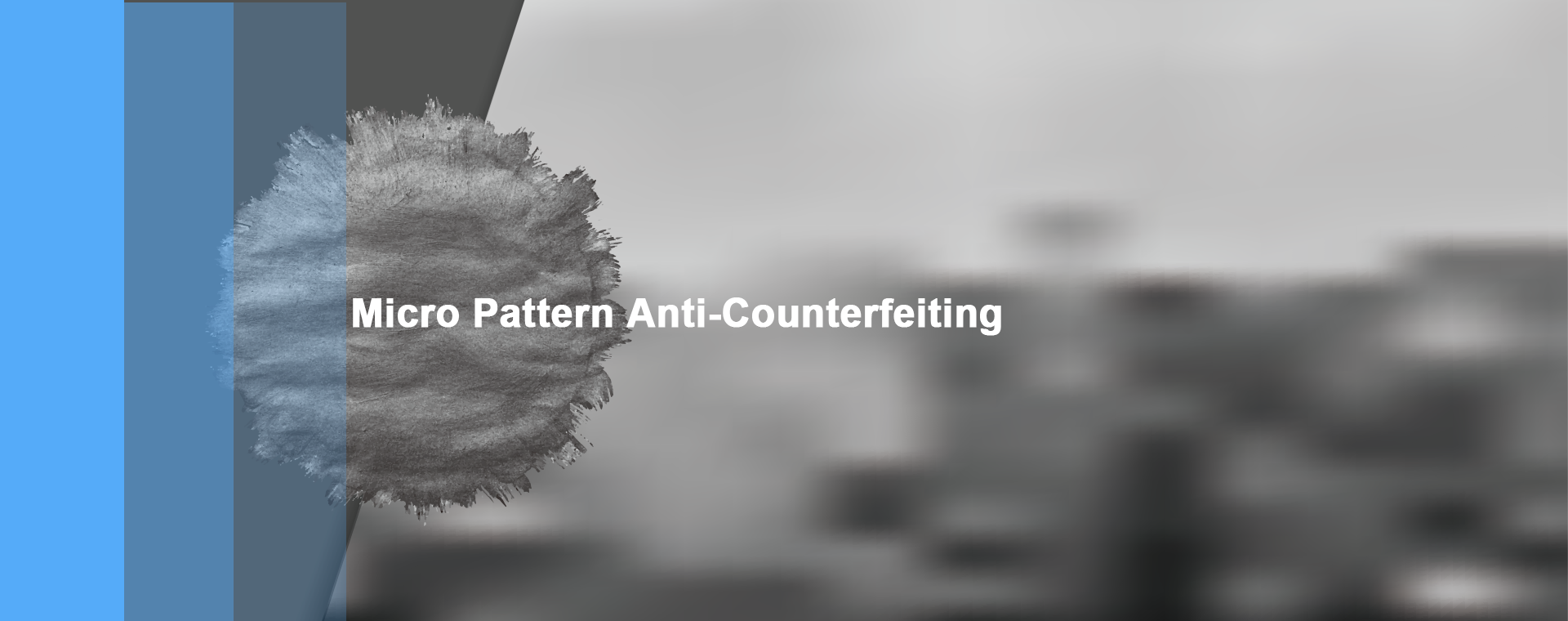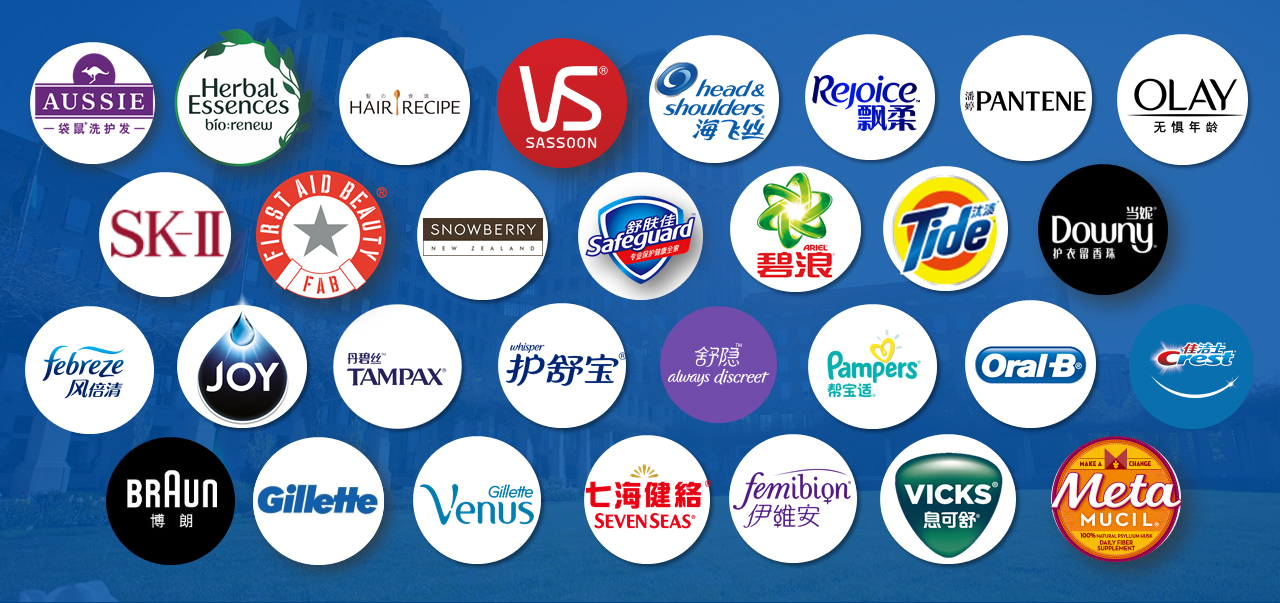Counterfeiting
I. Customer Background
Weihai Beiyang Group is a high-tech enterprise specializing in the Internet of Things (IoT) and Radio Frequency Identification (RFID) technologies, dedicated to providing intelligent management solutions for various industries. With the rapid development of the jewelry industry, traditional manual inventory and barcode management methods can no longer meet the demand for efficient, accurate, and secure management. Jewelry products are high-value, prone to loss, and come in diverse styles, requiring a smarter and more reliable management approach to enhance operational efficiency and reduce risks.
II. Demand Analysis
1. Industry Pain Points
Low Inventory Efficiency: Traditional manual inventory is time-consuming, labor-intensive, and prone to errors, affecting store operations.
Inaccurate Stock Management: Barcode scanning relies on manual operations, leading to missed or incorrect scans and inaccurate inventory data.
Weak Anti-Counterfeiting & Anti-Theft Capabilities: Jewelry items are vulnerable to theft or substitution, which traditional methods struggle to monitor in real time.
Delayed Sales Management: Sales data cannot be synchronized in real time, impacting inventory analysis and restocking decisions.
2. Customer Needs
Fast Inventory Counting: Achieve inventory in seconds, reducing manual intervention and improving accuracy.
Real-Time Monitoring: Track jewelry movement, sales, and stock status in real time.
Anti-Counterfeiting & Theft Prevention: Use RFID technology to prevent substitution or theft, enhancing security.
Intelligent Sales Management: Automatically record sales data to optimize inventory and marketing strategies.
III. Solution Description
1. System Architecture
Weihai Beiyang Group’s RFID Jewelry Management System is based on advanced RFID technology, integrating IoT and big data analytics to build a comprehensive intelligent management platform, including:
RFID Electronic Tags: Each jewelry item is embedded or attached with a high-security RFID tag storing unique ID, category, price, and other details.
RFID Readers: Deployed at counters, warehouses, and entrances to collect jewelry data in real time.
Smart Inventory Terminals: Supports handheld or fixed scanning devices for rapid inventory checks, enabling stocktaking in seconds.
Backend Management System: Integrates inventory management, sales analytics, theft alerts, and provides a visual data dashboard.
2. Core Features
(1) Fast Inventory Counting
Uses RFID batch scanning technology to complete store-wide inventory in seconds without manual scanning.
Automatically generates inventory reports, reducing human error and improving efficiency.
(2) Real-Time Monitoring & Theft Prevention
RFID readers automatically detect and record jewelry movement, triggering alarms for unauthorized actions. Integrated with access control systems to prevent unauthorized removal, reducing theft risks.
(3) Intelligent Sales Management
Automatically identifies jewelry information during checkout, speeding up transactions and reducing waiting time.
Real-time sales data synchronization optimizes inventory and restocking strategies.
(4) Anti-Counterfeiting & Traceability
Each RFID tag stores a unique code, allowing customers to scan and verify authenticity.
Tracks the entire jewelry lifecycle, enhancing brand credibility.
3. Solution Advantages
High Efficiency & Accuracy: Inventory speed increased by 10x, with accuracy exceeding 99.9%.
Security & Reliability: Real-time monitoring + theft alerts minimize loss risks.
Smart Analytics: Big data supports sales trend analysis for targeted marketing.
Enhanced Customer Experience: Faster checkout and authenticity verification improve trust.
IV. Application Results
Weihai Beiyang Group’s RFID Jewelry Management System has been successfully implemented by multiple jewelry brands, helping clients achieve:
✔ Inventory time reduced from hours to minutes
✔ Inventory accuracy improved to over 99%
✔ Theft and substitution incidents reduced by 80%
✔ Sales efficiency increased by 30%, significantly improving customer satisfaction
This solution is not only suitable for jewelry retail but can also be extended to luxury goods, high-end watches, and other industries requiring intelligent management of high-value products.



Validate your login